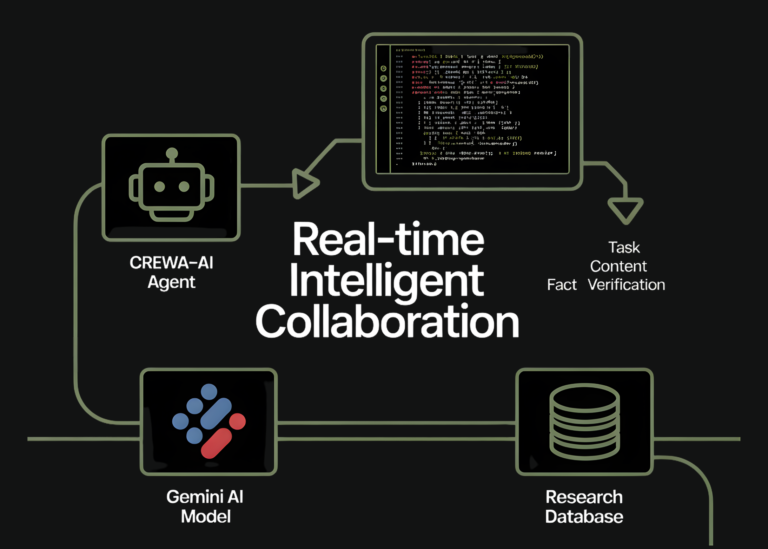AI Tools for Optimizing Fleet Management in Logistics: A Game-Changer for Efficiency and Sustainability
In the fast-paced world of logistics, efficient fleet management is critical to maintaining competitiveness, reducing costs, and meeting customer expectations. As supply chains grow more complex and demand for faster deliveries increases, traditional methods of managing fleets—relying on manual processes and static planning—are becoming inadequate. Artificial Intelligence (AI) is emerging as a transformative solution, offering advanced tools to optimize fleet operations, enhance decision-making, and drive sustainability. From route planning to predictive maintenance, AI is revolutionizing how logistics companies manage their vehicle networks.
The Role of AI in Modern Fleet Management
Fleet management involves overseeing a company’s vehicles, ensuring timely deliveries, minimizing fuel consumption, and maintaining vehicle health. However, with variables like traffic congestion, weather disruptions, and fluctuating demand, managing fleets effectively is a multifaceted challenge. AI tools address these issues by leveraging data analytics, machine learning, and real-time processing to automate and refine operations. By integrating AI into fleet management systems, logistics providers can make smarter, faster, and more proactive decisions.
AI-Driven Route Optimization
One of the most impactful applications of AI in fleet management is route optimization. Traditional route planning often relies on pre-set maps or basic GPS systems, which may not account for real-time changes. AI-powered algorithms analyze vast datasets—including traffic patterns, road closures, weather conditions, and historical delivery times—to determine the most efficient routes dynamically. For example, machine learning models can predict traffic hotspots and suggest alternative paths, reducing travel time and fuel costs. Companies using such tools report significant improvements in on-time delivery rates, with some achieving up to 20-30% efficiency gains.
Predictive Maintenance: Reducing Downtime and Costs
Vehicle breakdowns can disrupt operations and incur costly repairs. AI mitigates this risk through predictive maintenance. By integrating IoT sensors and telematics devices, AI systems monitor vehicle health in real time, tracking metrics like engine performance, tire pressure, and oil levels. Machine learning models identify anomalies and predict potential failures before they occur, enabling proactive maintenance. This approach not only reduces unplanned downtime but also extends vehicle lifespan, cutting long-term costs. For instance, a study by McKinsey found that predictive maintenance can lower maintenance expenses by up to 15% and reduce breakdowns by 20%.
Real-Time Tracking and Monitoring
AI enhances real-time tracking by combining GPS data, IoT, and advanced analytics. Logistics companies can monitor vehicle locations, driver behavior, and cargo conditions continuously. AI also enables dynamic adjustments; if a delay is detected, the system can reroute drivers or notify customers instantly. Computer vision technologies further improve safety by analyzing video feeds to detect risky driving behaviors, such as drowsiness or distracted driving, and alert drivers or managers accordingly.
Fuel Efficiency and Emissions Reduction
Fuel costs are a major expense for logistics fleets. AI tools optimize fuel efficiency by analyzing driving patterns, suggesting eco-friendly routes, and even adjusting vehicle speed to minimize consumption. For example, AI can identify instances of excessive idling or harsh braking and provide feedback to drivers. Additionally, by reducing traffic congestion and idle time, these systems lower carbon emissions, supporting environmental sustainability goals—a growing priority for businesses and regulators alike.
Load Optimization and Resource Allocation
Efficiently utilizing vehicle capacity is another area where AI excels. Load optimization algorithms analyze shipment data to determine the best way to allocate cargo, ensuring vehicles are filled to maximum capacity while adhering to weight and space constraints. This minimizes the number of trips required, lowering operational costs and reducing road congestion. AI also aids in resource allocation by matching the right vehicles to specific routes based on factors like cargo type, distance, and delivery urgency.
Benefits of AI in Fleet Management
The adoption of AI tools in fleet management yields numerous advantages:
- Cost Savings: Reduced fuel consumption, fewer breakdowns, and optimized routes cut expenses.
- Improved Delivery Times: Real-time adjustments ensure timely arrivals, boosting customer satisfaction.
- Enhanced Safety: Monitoring driver behavior and vehicle conditions minimizes accidents.
- Sustainability: Lower emissions and efficient resource use align with corporate social responsibility goals.
- Scalability: AI systems adapt to growing operations, making them ideal for expanding logistics networks.
Challenges and Considerations
Despite its benefits, implementing AI in fleet management is not without hurdles. Data integration can be complex, requiring compatibility with existing systems. Initial investment in AI technology and IoT infrastructure may be high, though long-term ROI often justifies it. Additionally, cybersecurity risks and data privacy concerns must be addressed. Companies also face the challenge of training employees to work with AI tools, ensuring a smooth transition from traditional methods.
Future Trends in AI-Powered Fleet Management
Looking ahead, AI’s role in logistics will only expand. Autonomous vehicles and drone delivery systems are set to integrate with AI for even greater efficiency. Advances in natural language processing (NLP) could streamline customer communication, while blockchain technology might enhance transparency in tracking and payments. The rise of edge computing will enable faster decision-making by processing data closer to the source, such as on vehicles themselves.
Conclusion
AI tools are reshaping fleet management in logistics, offering solutions that drive efficiency, reduce costs, and promote sustainability. By embracing these technologies, logistics companies can navigate the complexities of modern supply chains with greater agility and precision. While challenges like data integration and investment exist, the long-term benefits far outweigh the obstacles. As AI continues to evolve, it will remain a cornerstone of innovation in the logistics industry, empowering businesses to deliver smarter, faster, and more responsibly. The future of fleet management isn’t just about moving goods—it’s about moving them with intelligence.







